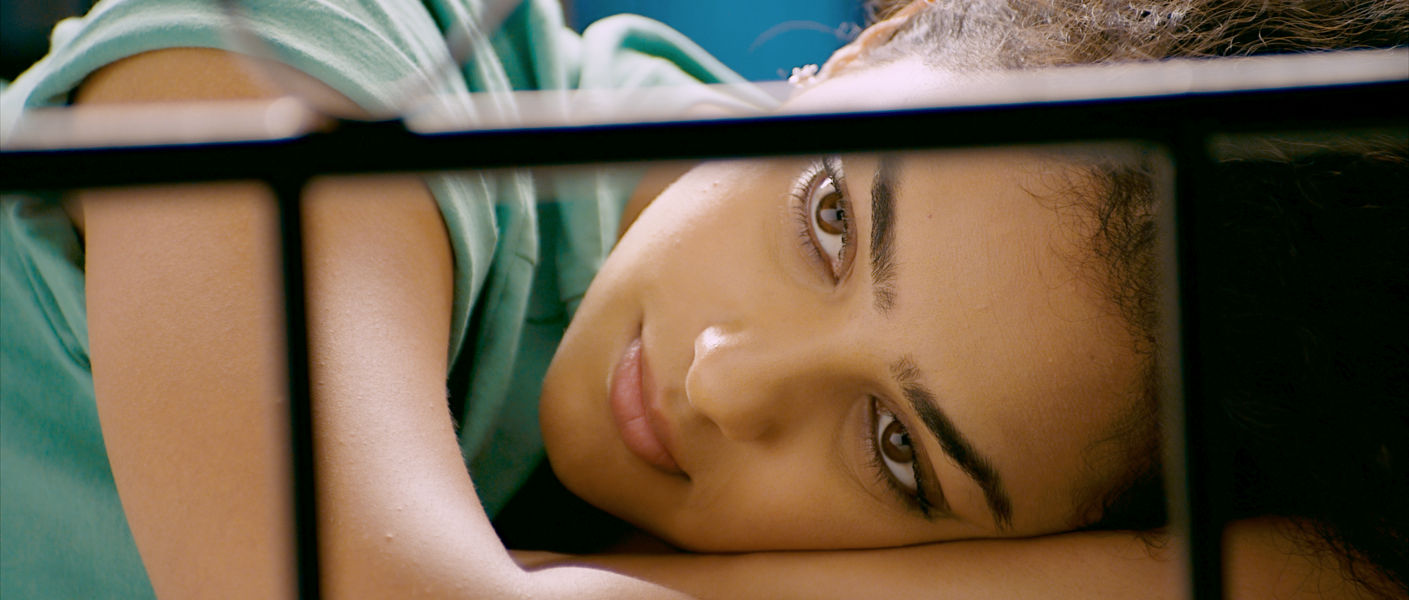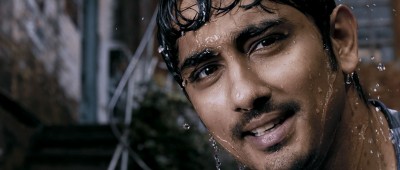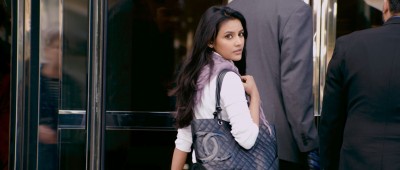“180” is the first movie for director Jayendra, who has had a long successful career in high end commercials. His sponsors include Qube digital cinema solutions and Sathyam Cinemas, so it is no surprise that he insists on great image quality. What might be a surprise is that he chose to shoot with digital cameras.

180 Rich Colors
I was approached to ensure that the pictures were indeed stunning, and to manage the deliverable versions so that film cinemas, digital cinemas, DVDs and internet copies would all look the same in spite of their very different technologies and color gamut. The easy way to keep everything the same is to grade in the smallest space, typically HD television, but neither Jayendra nor his sponsors were prepared to settle for that. They always intended that the three hour feature should exploit the full richness of film projection and the vivid colors of digital cinema.
On arrival in India I made a short test sequence in the Nucoda Film Master grading suite, which boasts a Barco DP90 projector, and then arranged for a viewing from print, and then a reference digital cinema screen. The results were wildly different and disappointingly neither of them matched the test grade. The grading suite was recalibrated, the film lab and the digital cinema checked their setups, and technicians checked all the mastering stages. Problems were discovered, tweaks made, and the test was repeated. The results were better, but still did not match. So I started to dig deeper. I knew that the only real way to get the suite and both cinemas to match was to generate a film profile for the lab and use that in both the grading suite and the dcp mastering, but there was a concern that the film lab could not produce consistent results and the preference was to create a calibrated digital master and have the print matched to it. The match remained unsatisfactory, however, and I continued to push for the better solution.

180 Red Camera
The Solution
Discussions with the brains of each location led to an exciting discovery and a lucky break. The film lab, the dcp mastering and the grading suite all used THX Cinespace to create color management profiles for their calibrations. There was no need to record new color tests and use a color management service, since the necessary profiles already existed and the required software already installed. The film print profile from the lab was combined with the calibrated P3 profile of the grading suite projector using the Cinespace OFX plug-in in Film Master to generate a 3d Lut for the grade. The lab easily matched its own profile and the same print profile was combined with a reference P3 source profile to make the DCP master. Finally, the three locations matched perfectly.

Phantom Camera Shot
But that was not the last of problem to be solved. To record a full range inter-negative I always prefer to grade in log space. Most of the source media was Red files, which could be debayered as “filmlog” but the Phantom and Canon cameras recorded linear files that did not blend in well. So these were prepared using the Film Master lin to log tool and a Cinespace conversion from rec709 to P3. The results were stunning saturated images that graded well and cut seamlessly with the Red scenes. Director of Cinematography Balasubramaniem attended the color sessions and asked me to enhance textures and lighting with shapes, keys and mattes, knowing that all audiences would see the subtleties that make his work stand out.
Both press and audiences eagerly anticipated 180, and there was a constant demand for publicity stills from the film. In order to show the visual impact many of the stills were taken from the grading timeline and exported using another Cinespace cube that emulated the film print profile in sRGB space
The Result
This attention to detail has paid of with highly complimentary reviews from both critics and audiences, many of whom single out the look of 180.

180 Problem Solved!
Great images require a visionary director, and a talented director of photography. Enhancing and exploiting those images is the responsibility of the colorist. In the past, colorists were lucky to get a screen credit, but DI colorists can now expect to see their name along with the other post-production artists. The trailer credits for “180” include “colorist Kevin Shaw”, an honorary mention for both the man and the craft.
Happy Coloring!
Kevin.
p.s. I am introducing a color management class, first one is Oct 31, 2011 in Los Angeles see the www.icolorist.com for details!





